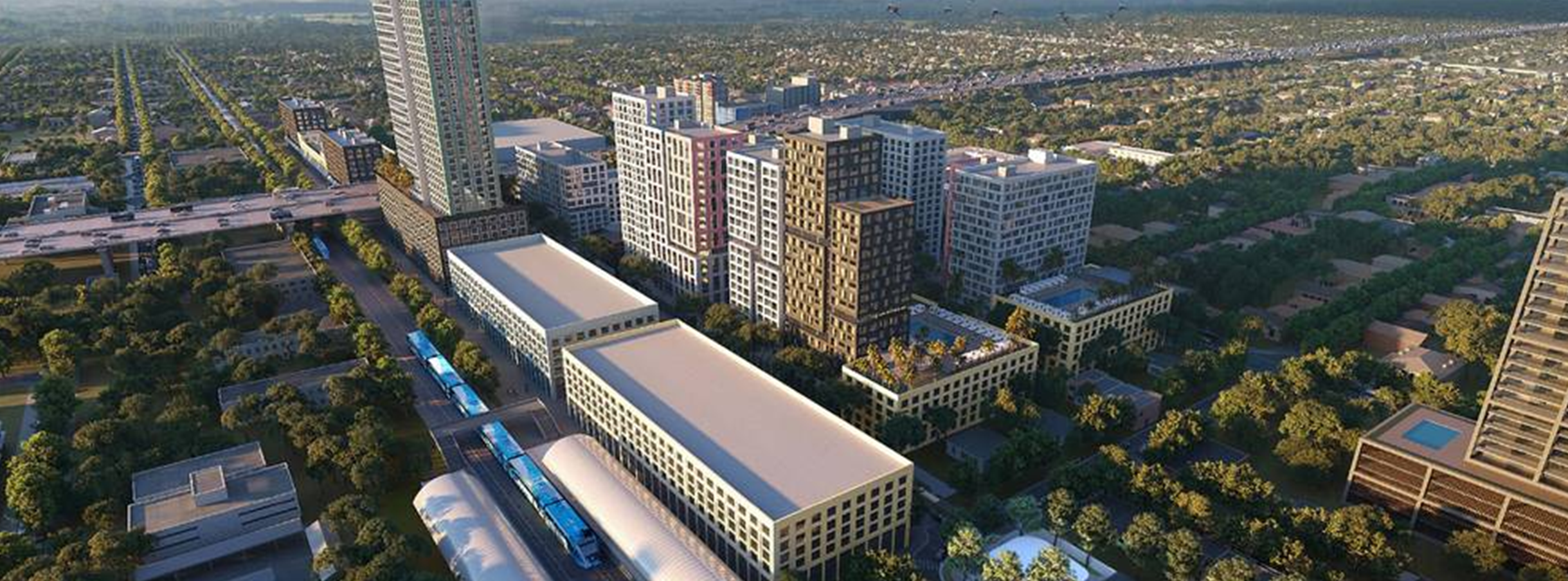Massive Miami Makeover: 5,000 Affordable Apartments Proposed For Aging Industrial Area
A gargantuan redevelopment proposal by a prominent Miami developer would dramatically reshape a nearly mile-long stretch of the city’s Little River and Little Haiti neighborhoods, bringing big-box stores, a new Tri-Rail station and nearly 5,000 affordable and workforce apartments to a hardscrabble area in dire need of new housing and jobs but leery of gentrification.
Unlike much of the redevelopment now enveloping Miami, which is focused on high-income people and luxury apartments, the plan spearheaded by Coconut Grove-based developer Swerdlow Group is aimed squarely at low-income and middle-class Miamians who are now finding it increasingly unaffordable to live in the city, especially in the urban core.
Swerdlow submitted the plan to Miami-Dade County in response to a request for proposals to rebuild and expand four of its public housing projects in the neighborhood. But the veteran developer’s plan goes significantly beyond that, encompassing an eye-popping 65 acres of private and public land in total. The $2.6 billion project, which requires county approval, would be mostly privately financed and take nearly 10 years to finish.
The properties, though not all contiguous, extend in a band two to five city blocks wide that runs roughly from just west of Interstate 95 to Northeast Second Avenue. The properties, now mostly industrial aside from the housing projects, straddle an active Florida East Coast Railway freight spur that the Tri-Rail commuter line uses for its new service to downtown Miami.
“As you can see, this is no small undertaking,” Swerdlow said in an interview as he described the scope of his proposal.
Swerdlow and a project partner that owns extensive property in the area, AJ Capital Partners of Nashville, were the only developers to respond to the county bid request.
Swerdlow said the proposal is “certainly” one of the largest redevelopment plans in Miami history, if not the largest.
Source: Miami Herald


 Cipriani Residences Miami Rendering 2_Image Provided by Schwartz Media 1030x385
Cipriani Residences Miami Rendering 2_Image Provided by Schwartz Media 1030x385